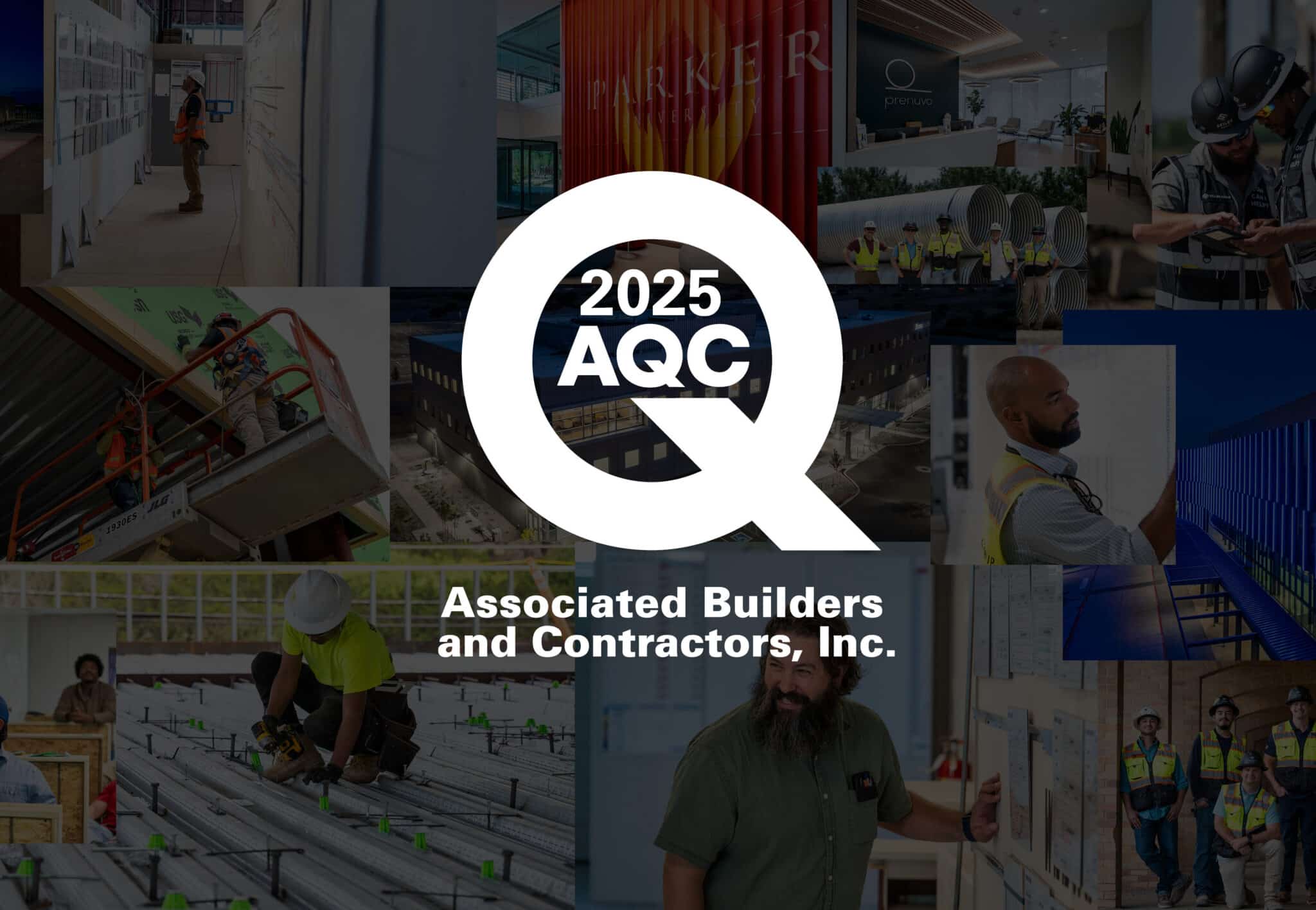As interest rates drop and election uncertainties dissipate, the construction industry could be on the verge of a significant market boom. Projects paused after design or only partially designed may soon re-enter the pipeline, creating a surge in demand.
While this could bring opportunities, it raises concerns that rapid demand could lead to rising prices, lengthening lead times, and worsening labor shortages. However, this potential boom can be a gateway to success with the right strategies. Project owners must adopt a proactive and collaborative approach to navigate this potential boom successfully. Here are five strategies to prepare for these possible challenges ahead.
1. Engage General Contractors and Trade Partners Early
Early collaboration with your Construction Manager/General Contractor (CM/GC) and trade partners is necessary. By involving these professionals during the early stages of your project, you gain access to real-time insights that can shape the design and construction process. Your CM/GC should provide valuable information, such as:
- Current availability of materials, equipment, and labor.
- Recommendations for managing cost escalation and contingencies.
- Prefabrication opportunities to improve efficiency.
- Design feedback from trade partners to optimize production.
Early involvement aligns the design, budget, and schedule, reducing the risk of unexpected disruptions once construction begins.
2. Evaluate Trade Partner Workforce Capacity
As the market heats up, the risk of trade partners becoming over-committed increases. David Packard’s wisdom that “More businesses die from indigestion than starvation” is particularly relevant in a booming construction market. Choosing contractors based solely on price could expose projects to serious risks, including:
- Delays from supply chain issues or shifting priorities.
- Quality concerns due to labor shortages.
- Financial instability caused by delayed or canceled projects.
CM/GCs should thoroughly evaluate trade partners by reviewing their financial health, work-in-progress (WIP) reports, manpower forecasts, and prequalification standards. This due diligence minimizes the risk of project delays or defaults caused by overextended contractors.
3. Plan for Early Release Packages
The challenge of sourcing long-lead materials is a constant issue, especially in a booming market. Items such as switchgear, rooftop units, and generators can have lead times of 6-12 months or more. Coordinating early with contractors and trade partners allows owners to prepare early-release purchase packages during the design phase. Owners can mitigate delays and maintain project schedules by securing critical materials in advance.
4. Leverage Proactive Permitting
Traditionally, permitting follows the completion of design work, but overlapping these phases can save months in today’s environment. Work with local municipalities to explore phased permitting options, such as site work, core and shell, and finish-out packages. This approach allows construction to begin before the design is finalized, helping projects stay on schedule even when faced with procurement challenges.
5. Adopt Lean Scheduling Practices
In a market where lead times and labor availability are unpredictable, Lean scheduling principles are invaluable. General contractors utilizing the Last Planner System® can engage trade partners in collaborative scheduling, ensuring everyone is aligned on key milestones and handoffs. Lean scheduling—which promotes transparency, helps manage constraints, and fosters teamwork—enables projects to adapt to unexpected challenges, thereby enhancing project efficiency and reducing the risk of delays.
Building Success Through Collaboration
The construction industry has endured many economic cycles, but a potential boom presents unique challenges that require a fresh approach. By prioritizing early collaboration, careful planning, and trusted partnerships, project owners can position themselves for success in this dynamic environment. Whether navigating material shortages, labor constraints, or escalating costs, success lies in embracing flexibility, innovation, and collaboration.
This article was written for Constructor Magazine’s Jan/Feb 2025 issue; you can read it here:
https://constructornovdec2024.mydigitalpublication.com/publication/?i=837928&p=32&view=issueViewer




